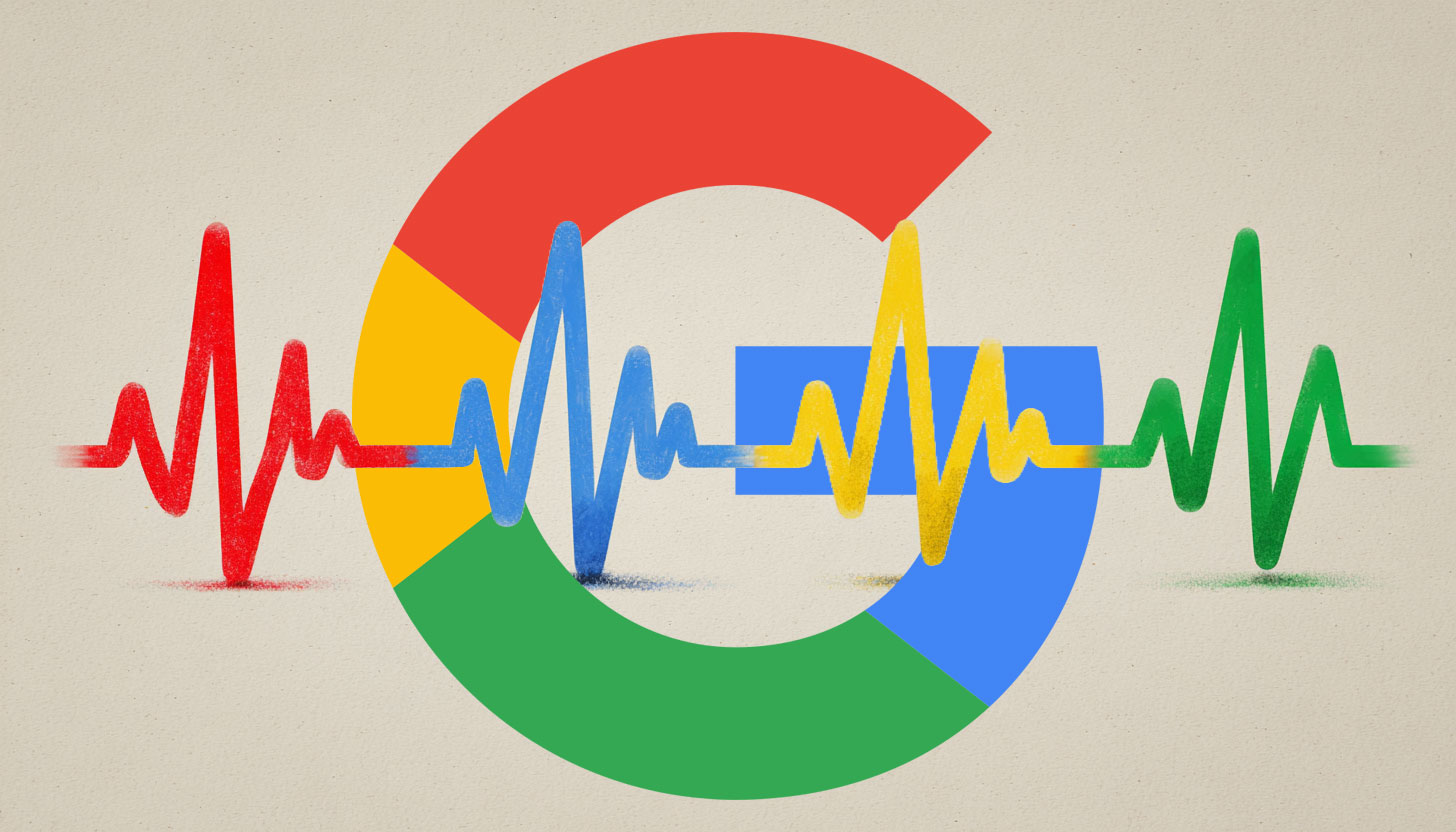
While I think SEOs spend way too much time and effort on Core Web Vitals, many do ask why does the Google Chrome UX report often not match what is shown in the Google Search Console core web vitals report. Well, as Google's Barry Pollard said, they look at "different measures."
Barry Pollard wrote on Bluesky "How is it possible for CrUX to say 90% of page loads are good, and Google Search Console to say only 50% of URLs are good. Which is right?"
He explained, "It's a question I get about Core Web Vitals and I admit it's confusing, but the truth is both are correct because they are different measures..."
Here is his full explanation:
Most CrUX data is measured by "page views".Of all the people that visited your page (or your whole origin), how many of those page views were good, needs improvement, or slow?
Users can visit a single page many times, or multiple pages once. 90% of your "page views" may be the the home page.
Google Search Console however measures by URLs (and then groups into "URL groups").
This helps you know how many pages are fast (regardless of how many or few visitors they get), and if particular areas of your site (e.g. /products) are slow. It's a different lens on the same data.
Should you care about "page views" or "pages"? Well that's up to you!
Obviously highly-trafficked pages ARE more important. They also tend to be cached and faster by default.
But slower pages are also opportunity to improve less well-loved code (maybe they'd be visited more if not so slow?).
Most of all, people just want all green dashboards in my experience, and that does help remove the noise if you can get there, rather than accepting that some pages are "not worth the effort" to optimise. So for that reason alone it's usually good to aim for that.
Anyway, hope that helps!
So if they don't match, this is why.
Forum discussion at Blueskye.



